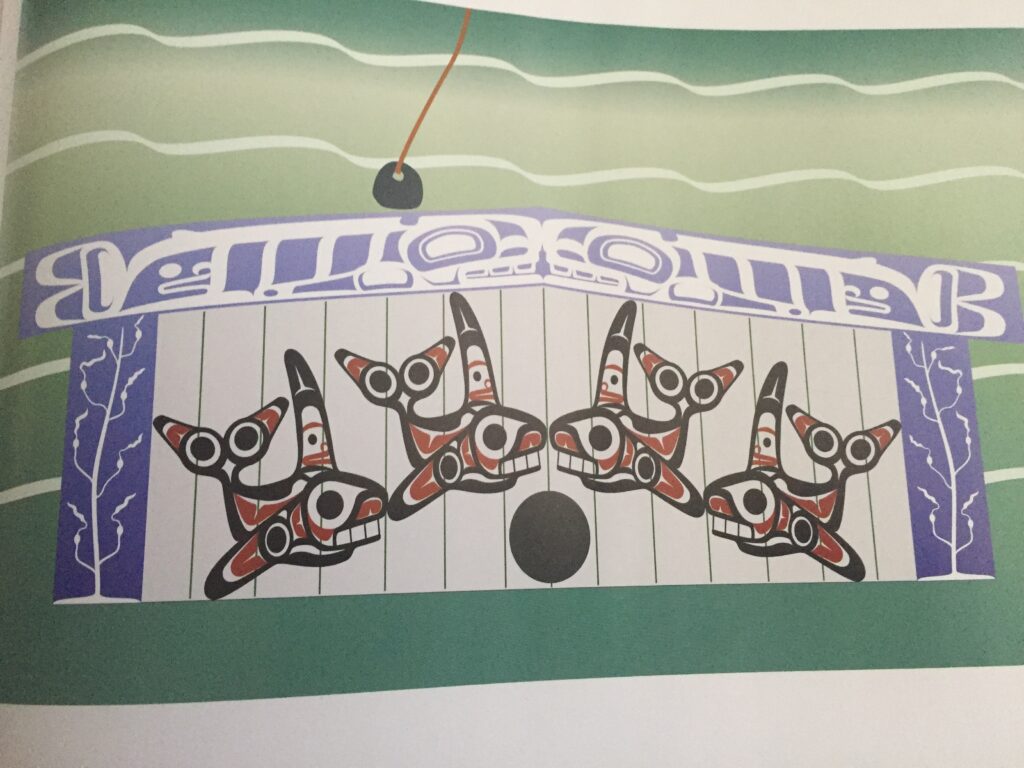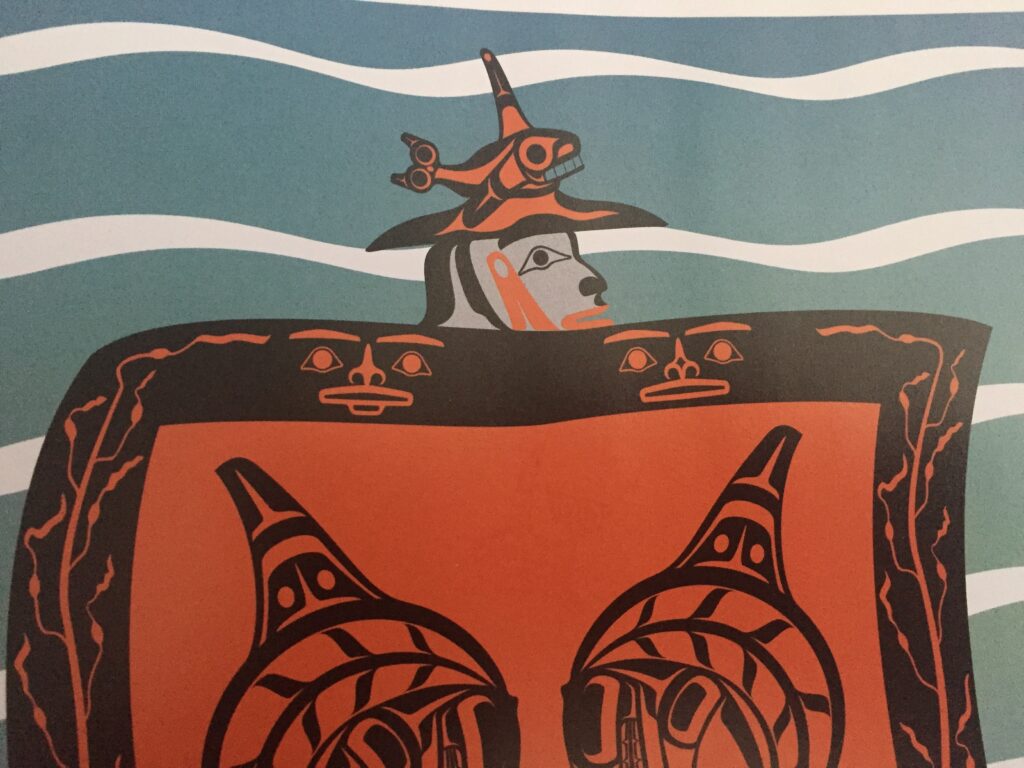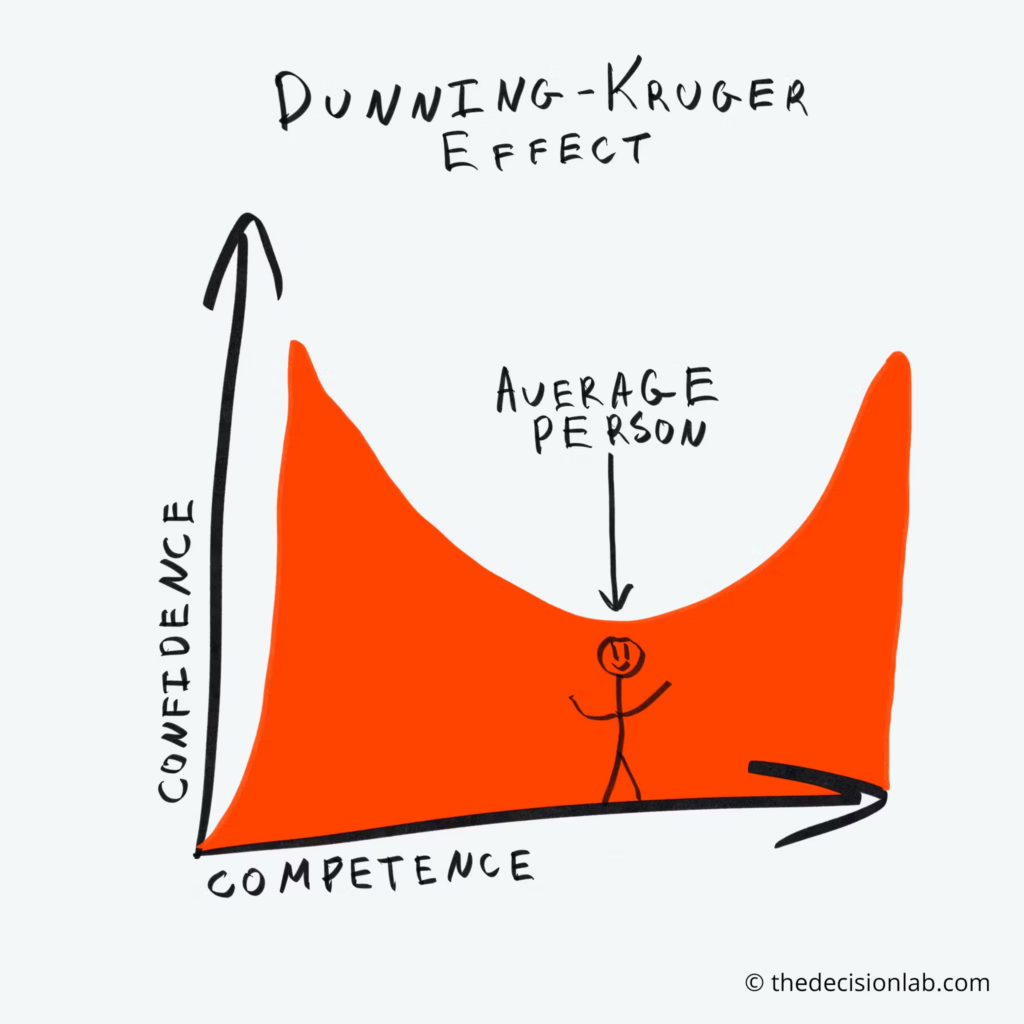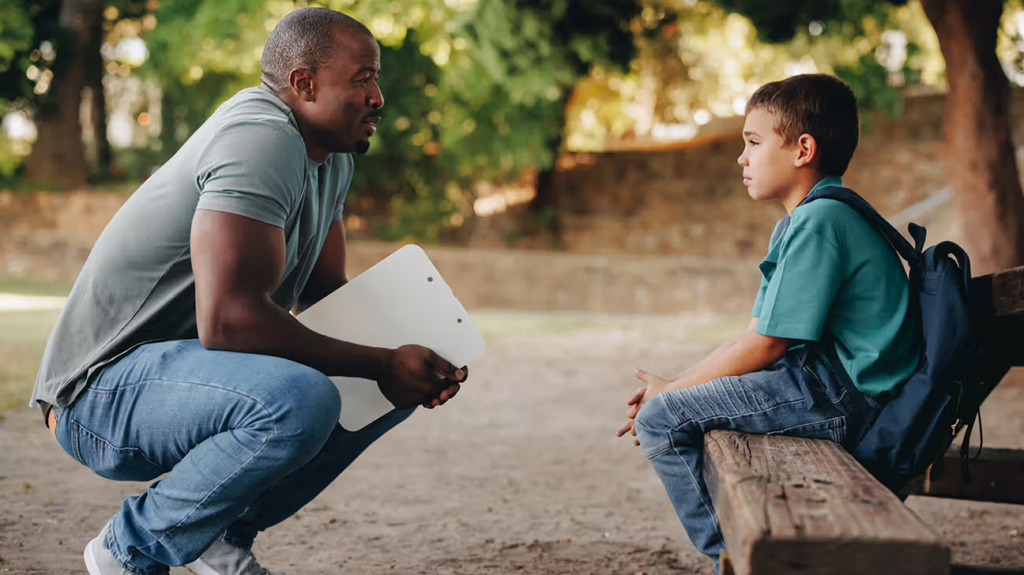If you think “I won’t need it” then you might be making a terrible mistake.
In my Block 4 we had a field trip to the Exploration Place which was nice even though there was a worse surprise in store for me.
The different exhibits that were there were wonderful as always. The sturgeon were still there, having been in that same spot for a large chunk of my life since I’ve seen them.
At the end we had a talking circle in the only place that had the reasonable space, outside. We got 1/3 of the way through everyone but unfortunately the rain that was in the forecast ended up arriving. Lightly, barely a kiss of mist. We decided to continue on. After all, how bad could it get. The answer is Yes.
The rain got much heavier by the time we were 4/5ths through so when we finished most of us were soaked. I rued the fact that I parked on the other side of the park, more so that my umbrella was wonderfully dry in the back seat.

I ended up noisily sick for the next four days. This was a big reminder that I should engage in self-care. If you do all your work in half the week and get sick for the other half it is comparable to more generally work with the others. Burning the candle at both ends and burning out is functional for a time, but probably doesn’t work on the medium to long term.
We are hoping to experience the teaching life for the rest of our working lives, or adjacent positions. Because of it we need some balance, so I will try to understand how to
Have some fun while doing what you need to:
If you have fun working you won’t work a day in your life. False. Work will remain work even if you enjoy it, but finding things that you don’t hate to involve in your classroom will certainly help. More structure in doing things for myself would also help this.
I also took some fun pictures at the Exploration place. They are not unique, but having fun is supposed to be good for you, so I’ll do it when possible.
Be prepared for issues to arise:
An ounce of preparation is a pound of cure
Being prepared when possible helps. Have something in mind and be ready for pivots. If you lose a day or two being sick your preparation should be resilient enough to not stress if things start going wrong. I would want to at least half do more things than fully do one thing at a time. Having something to work off would be less stressful for me, I just have to practice the thing.
The critical element is to remember to care for yourself. And to do so in productive ways. Treat yourself sometimes like you would treat someone you care about, because you should care about yourself.









